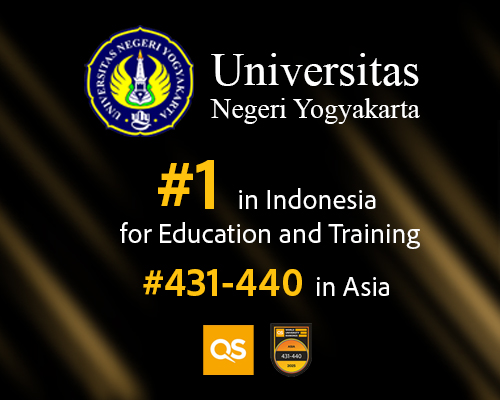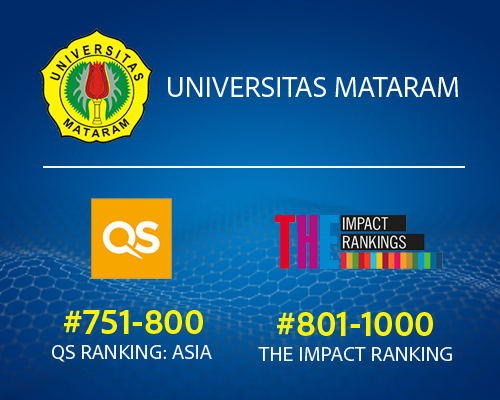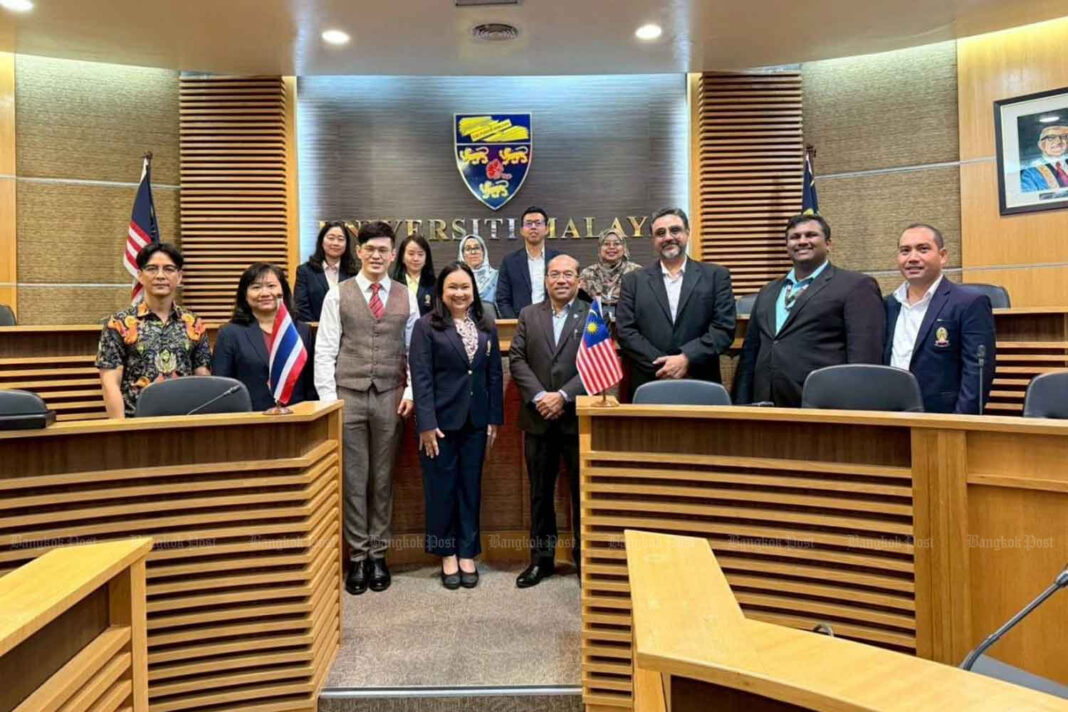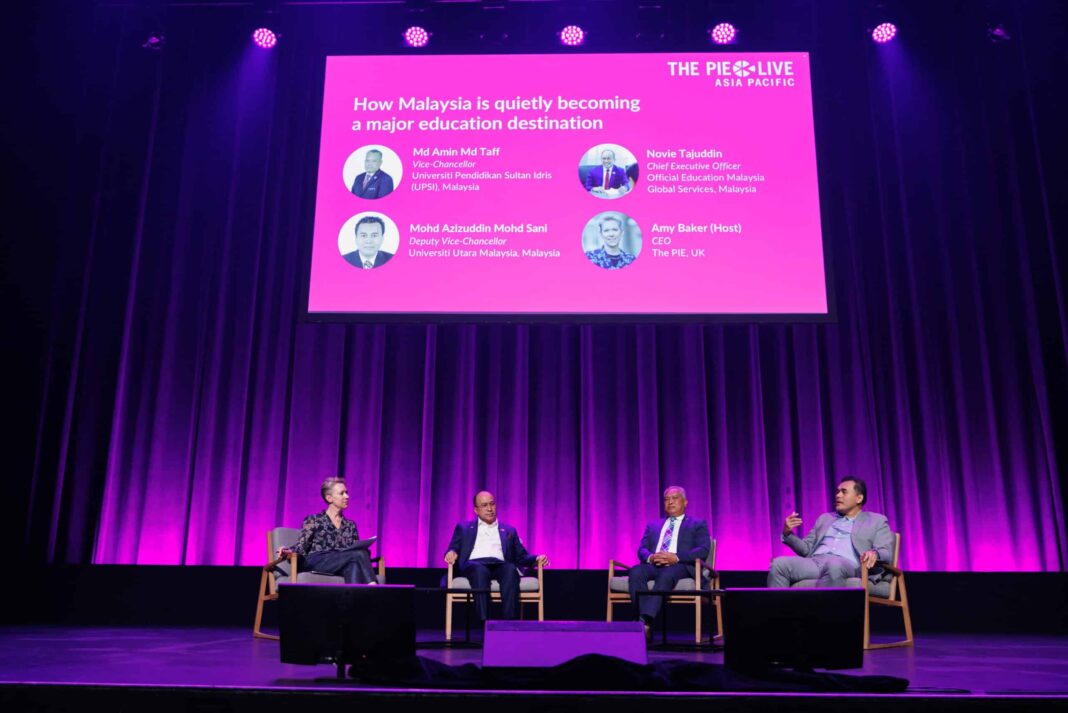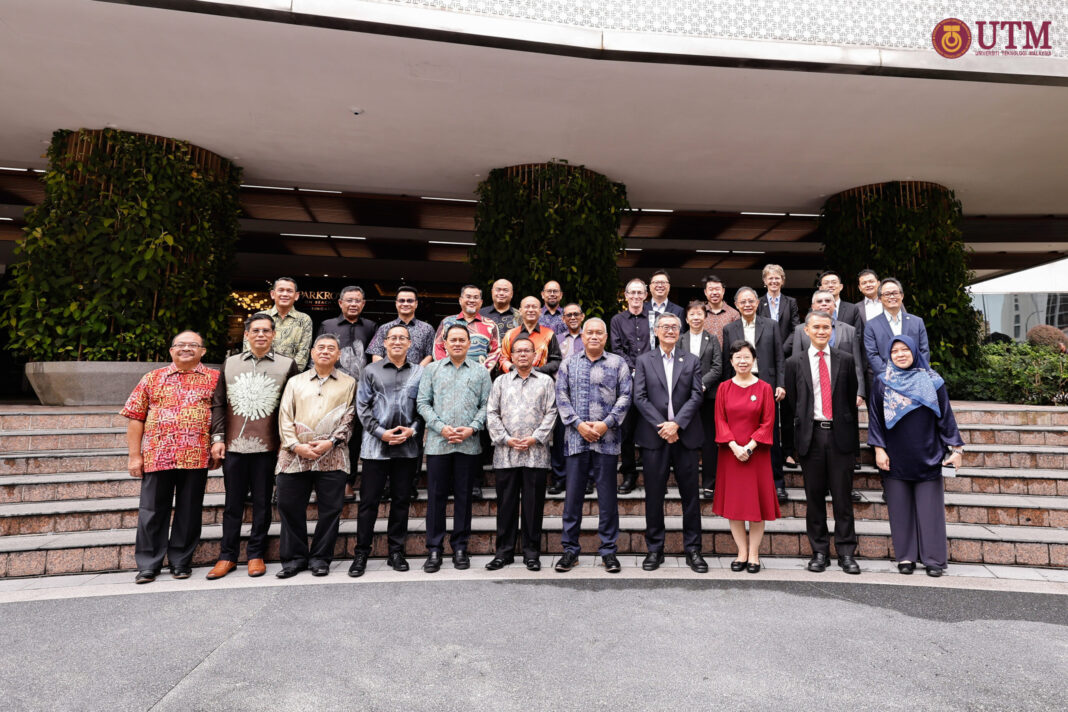Have you ever wondered why students are increasingly looking eastward for their university education? The landscape of global higher education is shifting dramatically, and Thai universities are making their mark on the world stage like never before.
Thai Universities Go Global in Rankings
In the heart of Bangkok, the campus of Chulalongkorn University, Thailand’s oldest university, is becoming more international as it welcomes an increasing number of foreign students every year. Currently hosting about 3,200 international students among its 41,000-plus total enrollment, the institution represents a growing trend across Southeast Asia where universities are racing to attract foreign students and expand their global footprint.
“Universities everywhere have found it more challenging to attract students,” explains Prof Parichart Sthapitanonda, Vice President of Academic Affairs and Social Outreach at Chulalongkorn University. As a result, institutions are developing innovative approaches like the new 3+1 academic programme at the faculty of law, where undergraduate students spend their first three years in Bangkok and their final year at a university abroad, ultimately obtaining degrees from both institutions.
Southeast Asia’s Educational Renaissance
For years, global education was dominated by Western institutions. However, now eyes are turning east. Southeast Asia—once considered a secondary player in the global education market—is stepping up with remarkable momentum. Thailand and Malaysia, in particular, are emerging as serious contenders, offering affordable, safe, culturally rich environments that are increasingly competitive in world university rankings.
The numbers tell a compelling story. In 2024, the Times Higher Education Asia University Rankings recognised 19 Thai universities, with eight climbing the ranks. Meanwhile, Chulalongkorn University placed 117th in Asia, followed closely by Mahidol University at 139th and King Mongkut’s University of Technology Thonburi at 192nd position.
Across the border, Malaysia’s progress has been equally impressive. Universiti Malaya ranked globally for the first time in the 2014 QS World University Rankings at 167th. Fast forward to 2019, and the university broke into the Top 100 before managing to reach the Top 60 in the 2021 edition.
Strategic Partnerships Drive Success
According to Janelle Torres, Research Manager for South East Asia at ISC Research, universities and various industries are collaborating to “step up their presence in high-impact academic journals while building strategic partnerships at home and abroad.” For instance, Universiti Teknologi PETRONAS has signed agreements with leading Vietnamese tech companies, while Universiti Malaya has established MoUs with top institutions such as the University of Tokyo and global industry players like Schneider Electric.
In recent years, Torres notes that universities in Thailand have become more strategic in aligning with global ranking criteria, “focusing on key academic areas by improving research output to increase international visibility.” Many institutions have introduced wider ranges of English-taught programmes aimed at students from China, India, the Middle East, and Africa.
The Mobility Revolution in Higher Education
At Universiti Putra Malaysia (UPM), staff understand that ranking serves as “a benchmark for our academic and institutional quality,” says Muhammad Syafiq Farhan Boo Omar Boo, Head of Mobility at UPM’s PUTRA International Centre. The university climbed from 158th in the QS World University Rankings in 2024 to 148th in 2025, with projections to reach 134th next year.
Part of this success stems from creating robust flows of both inbound and outbound students. In 2024 alone, UPM hosted over 3,200 inbound students from more than 20 countries, while over 1,900 UPM students travelled abroad for exchanges, internships, research, and conferences.
“These outbound experiences help build globally minded graduates who act as international ambassadors for the university and Malaysia. Students are given ownership of their experiences—they organise and lead programmes, form committees, pitch project proposals and secure external funding or sponsorship.”
This student-led model fosters leadership and independence, contributing to high participation rates year after year. Furthermore, there’s a strong intra-ASEAN flow, with countries like Singapore and Malaysia attracting Chinese students due to English-language classes and widespread Mandarin use in daily life.
Government Initiatives Shape Educational Hubs
Countries across Asia have developed public roadmaps to transform their nations into educational hubs. Malaysia’s Education Blueprint (2015–2025) aims to attract international students by promoting transnational education through branch campuses and emphasising English-medium instruction. Similarly, Singapore’s early 2000s initiative sought to establish the country as a leading education hub by creating world-class universities and attracting international talent.
For more insights on international student mobility trends, this strategic approach is paying dividends. As Muhammad from UPM explains, “Many international students who complete their studies here go on to pursue postgraduate studies or work in Malaysia, often as expatriates. Malaysia’s open attitude towards foreigners, multicultural lifestyle, availability of international food, English-speaking environment, and modern infrastructure make it an attractive destination for long-term stay.”
Academic Excellence and Global Recognition
Meanwhile, Chulalongkorn University is working to retain top academic staff and encourage them to write two academic papers annually. Academic output helps prove the university’s competence while improving overall academic reputation through citations, according to Prof Parichart.
The university is also recruiting internationally, particularly focusing on Thai lecturers with overseas teaching experience. However, new government policies could help attract more specialists from abroad, similar to incentives provided for experts in the Eastern Economic Corridor. “Recently, an aerospace data scientist got a position at a university in the East due to EEC-related incentives,” Prof Parichart notes.
To maintain its reputation for academic excellence, Chulalongkorn hosted world-renowned AI expert Andrew Ng in July 2024, and plans to feature more high-profile academic figures. “We may appear to focus on rankings, but ultimately, they are just tools to improve our institution,” Prof Parichart concludes.
The Future of Southeast Asian Higher Education
The transformation of Thai universities and their regional counterparts reflects a broader shift in global education. These institutions are no longer content to remain in the shadows of Western universities—they’re actively competing for international recognition, talent, and students. Through strategic partnerships, innovative programmes, and substantial investments in research output, Southeast Asian universities are proving that academic excellence knows no geographical boundaries. As this educational renaissance continues, students worldwide will benefit from an increasingly diverse and competitive landscape of higher education options.


